Traditional music in Ghana incorporates many styles and
different types of instruments; it all depends on which region it comes from.
Music from the northern regions tends to be linked musically to other music
traditions from the Sahel. Generally, they tend to use a combination of
stringed instruments (like a type of lute called the kologo and a type of fiddle called a gonjay) and wind instruments including different kinds of flutes,
horns, and of course voice. Polyrhythmic percussion lines are either clapped or
played on a variety of drums which accompany the instrumental and vocal lines.
Griot, or praise-singing, traditions are also strong in the northern regions of
Ghana.
The southern regions often use music in social or ceremonial
capacities. Percussion is
essentially the heart of African music, and the traditions of the costal
regions of Ghana are right in line with this custom. Drum and bell ensembles
are one of the key styles that have developed here.
During the early- to mid-20th century, music
started to change. Guitar bands and dance highlife bands. These styles were mainly influenced
from Latin American and Caribbean music (such as reggae) as well as jazz,
blues, and soul coming from the United States and United Kingdom.
Highlife is a style that originated in Ghana and is still
pretty popular, even regionally. It got its start among Ghanaian aristocrats
during the colonial period and is based on a lot of traditional Akan rhythms. Highlife
is characterized by its use of multiple guitars, jazzy horns, and synthsizers
with an upbeat tempo. A type of highlife called Burger-Highlife became popular
with Ghanaians who has emigrated to Germany. George Darko was probably the most
well-known musician in the Burger-Highlife scene. Other Ghanaian highlife musicians
have entered the music scene in countries such as Canada, Switzerland,
Netherlands, and the United States.
Hiplife started to become popular in Ghana in the latter
part of the 1990s. Inspired by the hip-hop music scene of the United States and
United Kingdom, Reggie Rockstone is often credited as being instrumental with
spreading and promoting this genre. Producers started to record new artists and
the genre became quite the rage throughout Ghana.
Ghanaian music is closely tied with dance traditions. Most dances fall into four categories:
social dances, religious-based dances, dances that re-enact stories and
folklore, and ceremonial dances (which include weddings, funerals, births,
etc.). A few of the main dances include
Adzogbo (originally a war dance, now a social dance; women dance with flowing
arm movements, but men have show of agility and strength), Kple (performed by
priestesses at shrines as a way to communicate with the gods), Bamaya (men
dance dressed as women; stemmed from a dance during a 19th century
drought where men thought women got quicker responses from the gods), Adowa
(sometimes called the “antelope dance” because of the wild jumps like an
antelope), and the Agbadza (alternating slow steps and fast steps, it’s also
accompanied with rattles, drums, and the gong-gong).
One of the stalwarts of Ghanaian music is the music of E.T.
Mensah. He and his band, The Tempos, were often considered the “King of
Highlife.” To me, I can definitely hear the reggae influence on the music, with
a little jazz mixed in there. The
saxophones and brass instruments accompany the guitars, and sometimes it was
the other way around. There are times when it seems that he’s singing in a
call-and-response style, with the horns and saxes responding. Normally it seems
guitars take the lead; however, in this music the guitars provide more of a
rhythmic function to the songs. The percussion seems to use many Latin
techniques and instruments, such as maracas and claves. So in essence, what we have is a kind
of multi-ethnic-sounding music that is very easy to listen to and even dance
to. I love it!
Wulomei and Osibisa are a couple of other highlife bands,
except they have more modernized instrumentation to their music. It also seems
they both have incorporated funk and soul into their music. George Darko is
another that deserves a listen. I listened to the album Highlife in the Air. It reminded me a little of E.T. Mensah at
times, but I think the rhythms steer away from Caribbean and Latin rhythms and
utilizes more of a driving beat. Or perhaps its instrumentation is written
differently; perhaps the rhythms just switched parts. Sometimes it’s hard to
tell without a score to look at.
Obo Addy is an interesting listen. Heavily focused on
percussion, harmonic singing and flutes accompany the percussion ensemble,
which seems to include several different types of drums of many different
pitches and timbres and a balafon or marimba of some sorts. If you’re a percussionist,
you should really take a serious listen to this.
And of course, this brings me to Reggie Rockstone, Ghana’s
most famous Hiplife star. It seems influenced in styles of Wyclef Jean (who is
featured on a song, maybe two). I’m a fan of Wyclef, so I like his style. I
listened to the album ReggieStration,
and although every song is listed as “explicit,” I really liked it; however, it
was $19.99 on iTunes and $13.98 on Amazon, so I might have to wait until after
Christmas to see about getting this.
Other Hiplife artists I listened to are Samini, who leans a little more
to the R&B side of hip-hop. I actually kind of like his music; it’s kind of
a mix of pop-dance-reggae. I listened to the album Next Page, and all I kept thinking was that I really wanted to take
a road trip and put this on (this particular album was $9.99 on iTunes). Sarkodie’s music is a little
harder, more on Reggie’s level. It’s still pretty catchy. I like how he tries
to vary his song styles, no fear of trying new percussion riffs or adding in
horns in a song or a Gothic strings motif. It keeps the listener interested.
Up next: the food


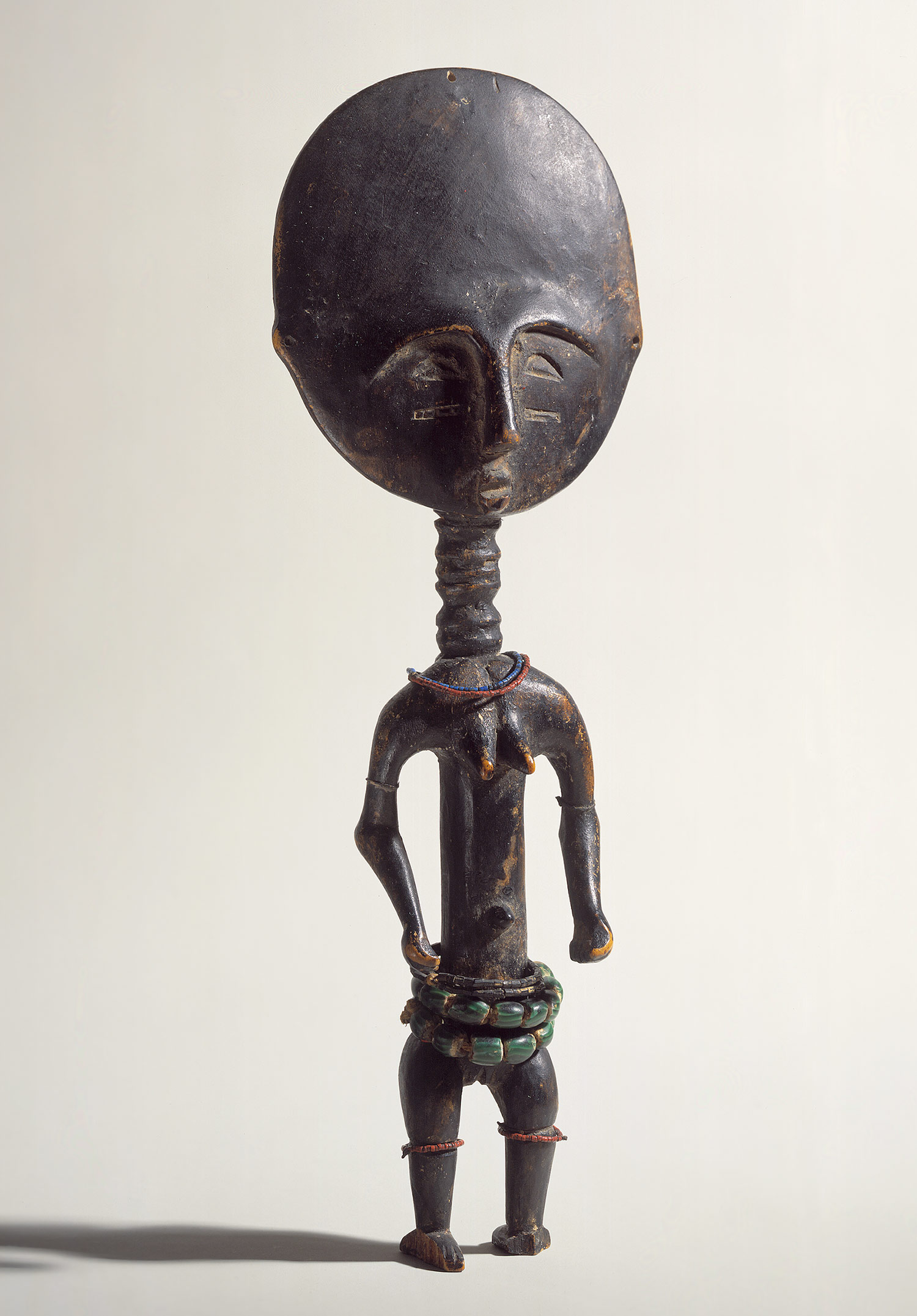

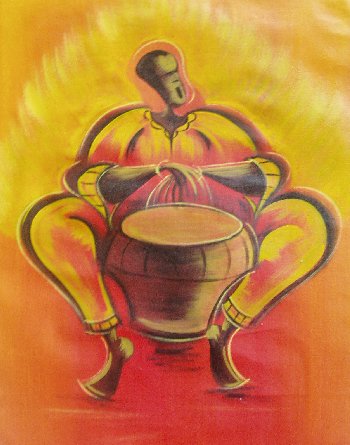

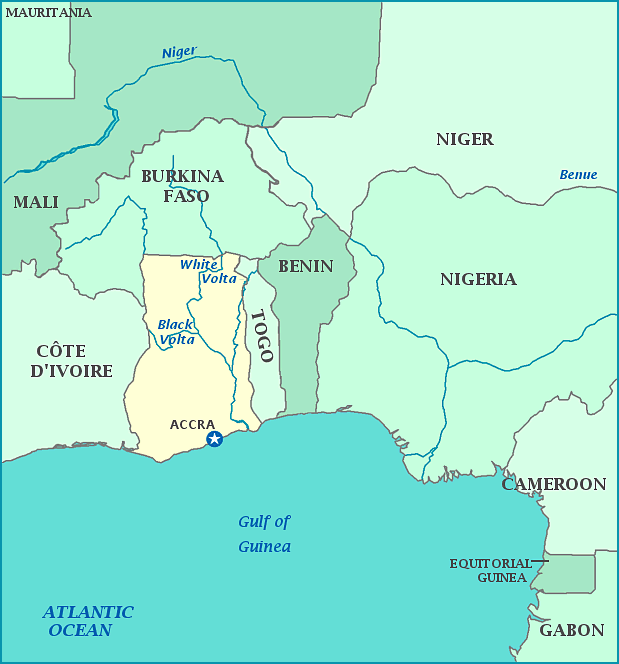
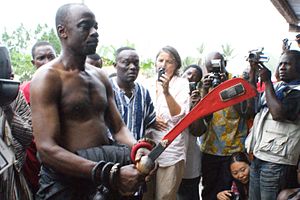



.JPG/300px-Akan_Greetings_(Akwaba_%E2%80%93_Welcome%3B_Ete_sen_%E2%80%93_Hello).JPG)








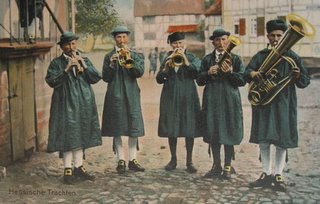

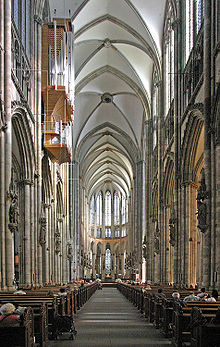



.jpg/250px-Goethe_(Stieler_1828).jpg)
